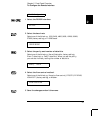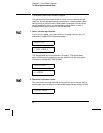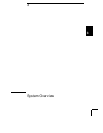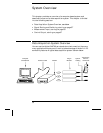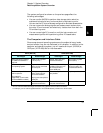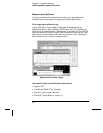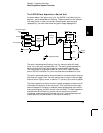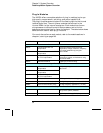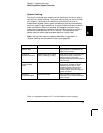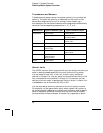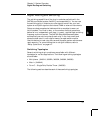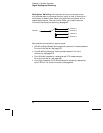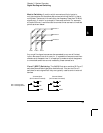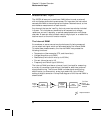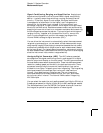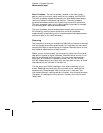
System Cabling
The plug-in modules have screw-terminal connectors to make it easy to
connect your system cabling. The type of cabling that you use to connect
your signals, transducers, and sensors to the module is critical to
measurement success. Some types of transducers, such as thermocouples,
have very specific requirements for the type of cable that can be used to
make connections. Be sure to consider the usage environment when
choosing wire gauge and insulation qualities. Wire insulation typically
consists of materials such as
PVC or Teflon
®
. The table below lists
several common cable types and describes their typical uses.
Note: Wiring insulation and usage is described in more detail in
“System Cabling and Connections” starting on page 335.
Cable Type Common Uses Comments
Thermocouple
Extension Wire
Thermocouple measurements. Available in specific thermocouple types.
Also available in a shielded cable for
added noise immunity.
Twisted Pair,
Shielded Twisted Pair
Measurement inputs, voltage
outputs, switching, counting.
Most common cable for low-frequency
measurement inputs. Twisted pair
reduces common mode noise.
Shielded-twisted pair provides additional
noise immunity.
Shielded Coaxial,
Double-Shielded
Coaxial
VHF signal switching. Most common cable for high-frequency
signal routing. Available in specific
impedance values (50
Ω or 75Ω).
Provides excellent noise immunity.
Double-shielded cable improves
isolation between channels. Requires
special connectors.
Flat Ribbon,
Twisted Pair Ribbon
Digital Input/Output Often used with mass termination
connectors. These cables provide little
noise immunity.
Teflon is a registered trademark of E.I. duPont deNemours and Company.
3
Chapter 3 System Overview
Data Acquisition System Overview
55



